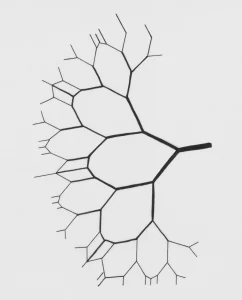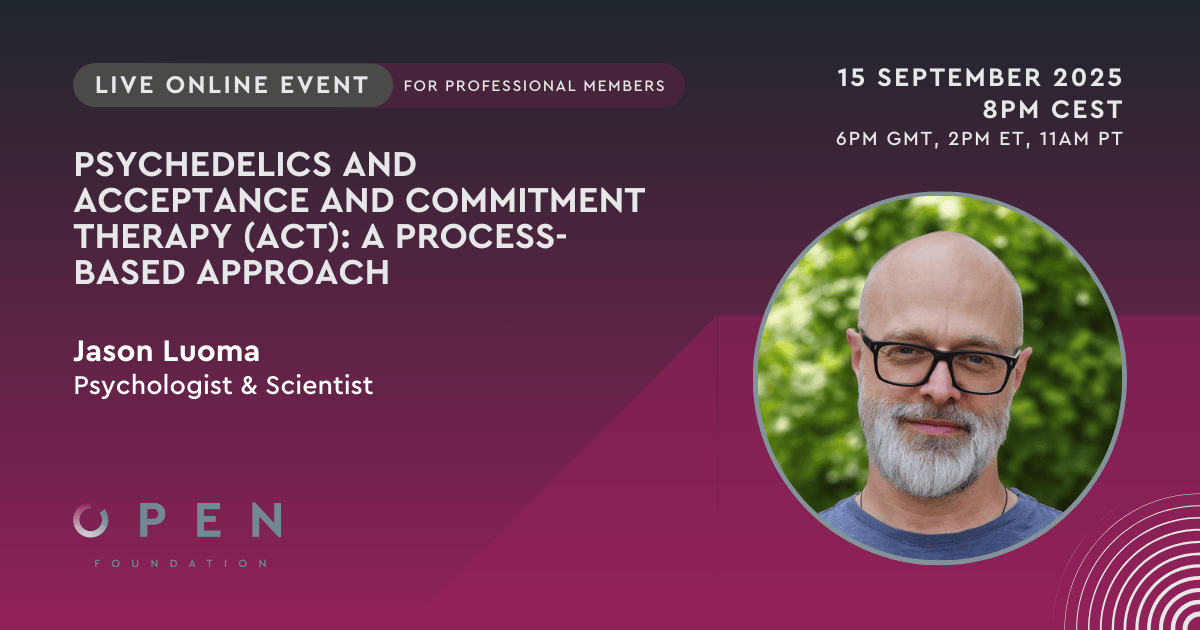Two pieces of preclinical research shed light on two of the hottest topics in psychedelic science: the 5-HT2AR and microdosing.
A new study out of the prolific Bryan Roth Lab at North Carolina Chapel Hill has produced a suite of genetically engineered mice, tailored to unlock the fundamental biology secrets behind the transformative power of psychedelics.
The importance of the serotonin 2A receptor (5-HT2AR) in psychiatric disorders like schizophrenia and depression was recognized in the late 20th century but, despite years of study, we still lack a full understanding of its distribution and function. These newly engineered 5-HT2AR reporter mice, created through CRISPR-mediated recombination, make it possible to accurately map the 5-HT2AR in living organisms, identify the cell types that express this receptor (pyramidal neurons most densely expressed in the layer 5 of the neocortex), and explore ways to modulate only those without altering non-5-HT2AR-expressing cells.
Importantly, one of these is a humanized 5-HT2AR mouse line that exhibits a specific behaviour upon administration of psychedelic compounds, increasing the translational validity of future studies that will be using this model. This is a remarkable achievement, since the 5-HT2AR displays different affinities and downstream effects in humans and rodents. Lastly, electrophysiology studies revealed the major role of the 5-HT2AR in enhancing the activity of pyramidal neurons, a finding that would be consistent with a plasma membrane localization and mode of action.
A second piece of research from Copenhagen University Hospital studied the potential benefits of microdosing psilocybin in rats, to provide scientific validity to the anecdotal claims of improved mental health. The researchers set out to mimic the practice of psilocybin microdosing through a well-structured regimen of repeated low-dose psilocybin administration, carefully derived from occupancy levels at rat brain 5-HT2ARs.
Several key findings are derived from this study. Crucially, the treatment didn’t downregulate or desensitize the 5-HT2ARs, instead, it enhanced 5-HT7 receptor expression and synaptic density in the thalamic paraventricular nucleus, indicating a possible physiological mechanism at play, while it conferred resilience against stress and reduced compulsive behaviours. These results provide a solid foundation for further experiments to explore the effects of microdosing, not only lending credence to anecdotal reports of its therapeutic benefits, but also hinting at the existence of a tangible physiological mechanism behind these effects.
Altogether, these two studies have the potential to redefine our understanding of these compounds and significantly advance the field of scientific research in the realm of neuropsychiatric disorders and drug therapies, particularly for examining the molecular, cellular, pharmacological, physiological, and behavioural effects of psychedelic drugs in living organisms.
Image credit: stock.adobe.com














